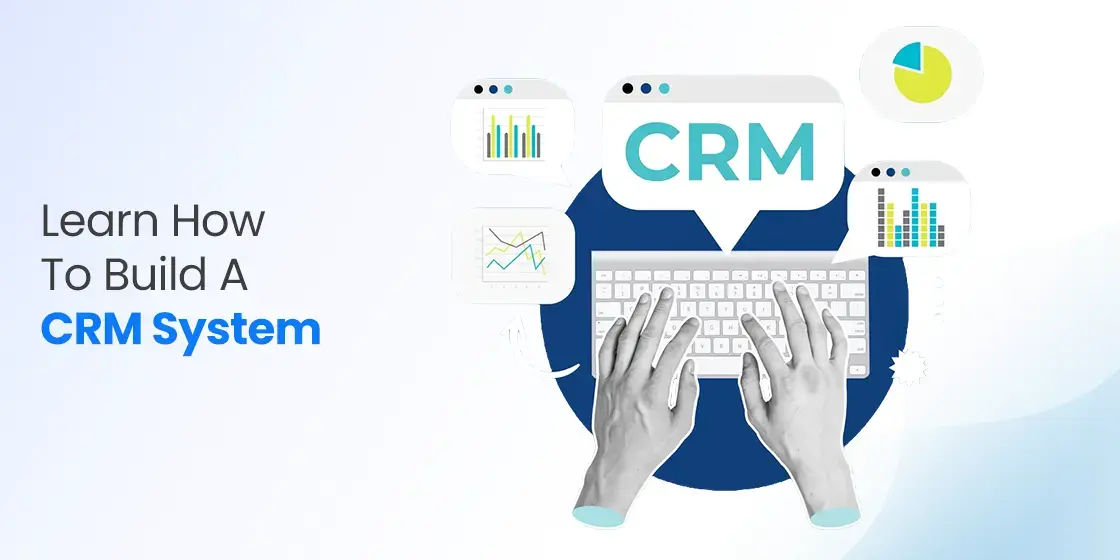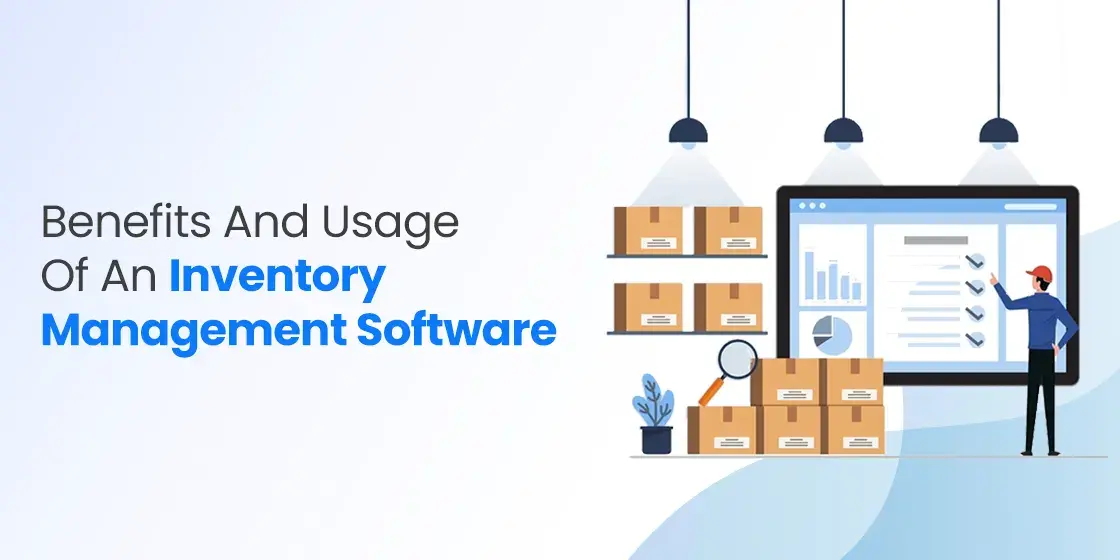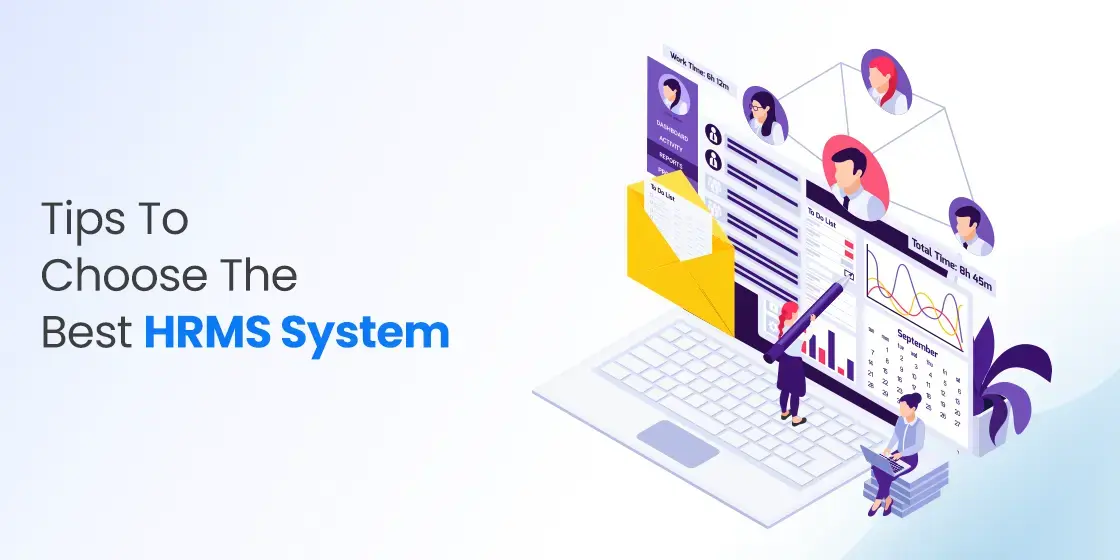Table of Content
Know the Key Steps to Build a CRM Business Software Properly
Every business needs a CRM system to manage customer relations professionally. It is a great tool that keeps the record of everything, facilitating businesses to know the entire customer journey easily. Considering this importance, you must need to know how to build a CRM software professionally. It certainly requires plenty of technical knowledge, because the product is categorized in the enterprise software solutions. If you are not well versed with the idea of product development, try to take services from any reputed software development company. It helps you to build the project from an experienced source, one that knows all the processes of CRM software development.
There are various benefits of working with a cutting-edge CRM software. It not only helps you to monitor the data of every customer, but also gives suggestions how engagement with them can be further optimized. Businesses that use CRM software appropriately, always gets the opportunity to build long-term relations with the customers. This is why having an advanced CRM system is important for companies, because it makes customer management easy for them.
In this blog, we will let you know how to build a CRM software professionally. It will be a good read for those who do not know much about software development. The article will give you a detailed view how the CRM software development should be initiated and completed rightly as per the market standards. Let’s start from the basics understanding what is CRM and how does it help companies to manage client relations properly.
What is CRM?
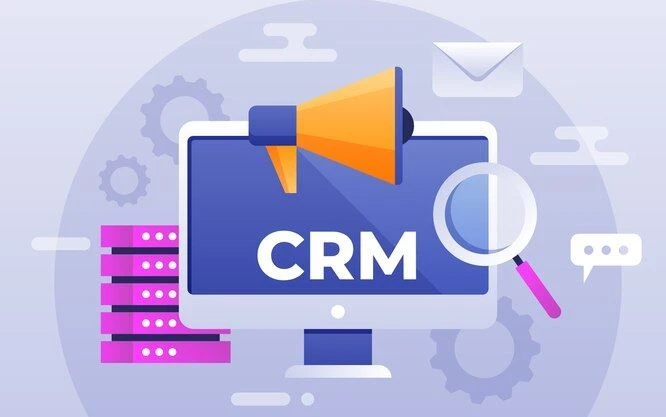
Customer Relationship Management (CRM) is a comprehensive suite of software solutions designed to streamline and optimize the management of data pertaining to your company’s customers. These solutions are integrated and data-driven, meaning they consolidate various sources of customer information into a single, cohesive platform. This integration enables businesses to maintain a detailed record of every customer interaction, purchase history, and preference, ensuring that all relevant information is easily accessible and up-to-date.
By centralizing this information within a unified system, CRM tools empower business teams to access critical insights in real time. Whether it’s a sales team needing to track the progress of a lead, a marketing department aiming to tailor a campaign, or a customer service representative resolving an issue, the CRM provides the necessary data at their fingertips. This immediate access to information not only enhances efficiency but also fosters a more personalized and responsive approach to customer engagement.
Furthermore, the value of CRM extends beyond simply storing data; it facilitates a deeper understanding of customer behaviors and trends. By analyzing the data collected, IT companies can identify patterns, anticipate customer needs, and make informed decisions that drive growth and improve customer satisfaction. In essence, CRM serves as a vital tool for building stronger, more meaningful relationships with customers, ultimately contributing to the long-term success and sustainability of the company.
Why Companies Need a CRM System?
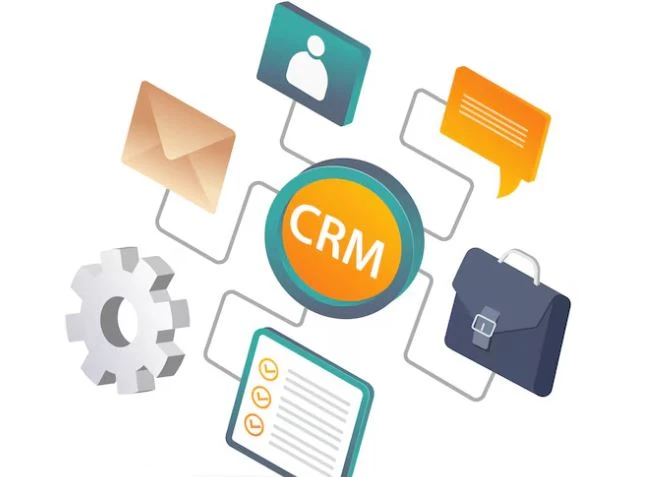
Companies need a Customer Relationship Management (CRM) system to effectively manage and nurture their relationships with both current and potential customers. In a competitive business environment, understanding customer behaviors, preferences and needs is crucial. A CRM system provides a centralized platform that consolidates all customer data, including communication history, purchase patterns, and feedback. This enables businesses to create detailed customer profiles, allowing them to personalize interactions and tailor their products or services to meet specific customer demands.
Another key reason companies require a CRM system is to improve efficiency and productivity across different departments. Sales teams can use CRM tools to track leads, manage pipelines, and forecast sales, ensuring that no potential opportunity is overlooked. Marketing teams can analyze customer data to design targeted campaigns that resonate with specific segments, leading to higher conversion rates. Customer service teams benefit from quick access to customer histories, which allows them to resolve issues more effectively.
Meanwhile, CRM system is also essential for making data-driven decisions. With the insights generated from CRM analytics, companies can identify tech trends, and make informed adjustments to their operations. This data-driven approach helps businesses to not only react to current customer needs but also to anticipate future demands, staying ahead of the competition. Additionally, the reporting capabilities of CRM systems allow companies to track performance metrics, set realistic goals, and monitor progress, ensuring that they remain aligned with their business objectives.
How to Build a CRM Software: Key Steps to Follow

Building a CRM software requires you to follow a complete plan. A lot of beginners do not pay attention to this process, which is why developing a quality CRM product becomes difficult for them. If you want to know how to build a CRM software properly, take a look at the step by step process defined below.
Research & Analysis
Conducting thorough research before developing a Customer Relationship Management (CRM) software is essential to ensure that the final product meets the specific needs of its intended users. The first step in this research process is to deeply understand the target audience. This involves identifying the types of businesses that will use the CRM, including their size, industry, and common challenges. Surveys, interviews, and focus groups with potential users can provide valuable insights into their current processes, pain points, and what features they consider essential in a CRM system.
Next, it’s important to conduct a competitive analysis to understand the landscape of existing CRM solutions. This involves evaluating the strengths and weaknesses of current market leaders. Understanding what makes successful CRMs effective, can inform decisions about which features to include, and how to differentiate your product from others. Additionally, studying trends in CRM technology, such as the integration of artificial intelligence can help ensure that the software you develop is future-proof and aligned with the evolving needs of businesses.
Lastly, technological research is crucial to determine the best tools, platforms, and methodologies for developing the CRM software. This includes choosing the right coding languages, databases, and frameworks that will ensure quality product development. Researching best practices for software development can also help structure the development process. It’s also important to consider the integration capabilities of the CRM with other software commonly used by businesses, such as email platforms, social media tools, and accounting systems.
Partner with our software development specialists to pioneer custom solutions that drive your business forward.
Request Your Solution
Decide CRM Features
Just like retail management software, CRM products can vary greatly depending on their type and the specific needs of their owners. However, still there are certain essential features that define a product as part of the CRM category. These core functionalities are universally present across CRM solutions, regardless of the industry or the size of the business implementing them. They form the backbone of CRM systems, enabling organizations to effectively manage and nurture customer relationships. These features should be chalked out immediately, and then you should go for the other custom features.
One of the primary features that categorize a digital product as a CRM is contact management. This feature allows businesses to organize and store detailed information about their customers, prospects, and other key contacts in a centralized database. Alongside contact management, interaction tracking is also crucial. This function enables businesses to record and monitor all communications and interactions with their contacts, ensuring that every touchpoint is logged, accessible, and can be analyzed for future reference.
Lead management is another indispensable feature that a product must have to fall under the CRM category. This functionality helps businesses to capture, track, and manage potential customers from the moment they express interest until they become paying clients. Together with other essential features, such as task automation and reporting, these capabilities ensure that the CRM system can comprehensively support an organization’s efforts to streamline customer engagement, improve sales processes, and enhance overall business efficiency.
Find a Development Agency
After determining how to build a CRM system, the next critical step is selecting a dependable technology partner to bring your vision to life. This decision is pivotal, as the expertise and approach of your tech partner will significantly impact the success of your CRM project. To move forward, you generally have two primary options to consider: outsourcing the development to an external team or opting for in-house development where the entire process is managed within your organization.
Outsourcing your CRM development involves hiring external specialists or a third-party company with the necessary expertise. This option can be particularly advantageous if your organization lacks the in-house technical skills required for CRM development or if you prefer to leverage the experience of professionals who have a proven track record in creating CRM solutions. Outsourcing can also provide flexibility, allowing you to scale the development team up or down based on the project’s needs, potentially saving time and reducing costs.
On the other hand, in-house development requires that your organization take full responsibility for the entire CRM development process. This approach entails assembling a team of developers, designers, and project managers who work closely within your company to build the CRM system from the ground up. While in-house development offers greater control over the project and ensures that the team is fully aligned with your business objectives, it also demands a significant investment in resources, time, and talent acquisition.
Design the Product
Designing a UI/UX for a custom CRM system presents a distinctive set of challenges, primarily because of the varied user groups and the substantial amounts of data that need to be managed. Each user group may have different needs and expectations from the CRM, requiring the design to be flexible yet intuitive. Addressing these differences while ensuring a seamless user experience across the platform is crucial. The interface must be designed to accommodate the vast and complex data, enabling users to navigate and manage it efficiently without feeling overwhelmed.
To create a CRM interface that genuinely enhances user productivity, it’s essential to delve deeply into understanding the specific roles and responsibilities of the various users within the system. This involves identifying the unique tasks and goals of each user group, from sales teams and customer service representatives to managers and administrators. By mapping out these roles, the design can be tailored to meet their specific needs, ensuring that each user can easily access the tools and information they require to perform their duties effectively.
Furthermore, the design process should consider the varying levels of technical expertise among users. A CRM system may be used by individuals with different skill sets, from tech-savvy professionals to those who might not be as comfortable with complex software. Therefore, the UI/UX design should be intuitive and user-friendly, with a focus on minimizing the learning curve. By aligning the design with the users’ responsibilities and technical capabilities, the CRM system can become a powerful tool that boosts productivity and streamlines workflow across the organization.
Deploy the CRM System
Once the development of a CRM system is complete, the deployment process should begin with thorough testing in a controlled environment. This phase involves rigorous quality assurance to ensure the system functions correctly across different scenarios and user roles. It’s crucial to test the CRM’s performance, security, and usability to identify any potential issues that might affect its operation. By simulating real-world use cases and involving key stakeholders in the testing process, you can gather valuable feedback and make necessary adjustments before the system goes live.
Following successful testing, the next step in deploying the CRM system is to prepare the infrastructure and migrate data from any existing systems. This involves setting up servers, databases, and networks to support the CRM’s operation at scale. Data migration should be carefully planned and executed to ensure that all historical data is accurately transferred and integrated into the new system. This process may require cleansing and transforming data to fit the new CRM structure, ensuring that it is both consistent and accessible.
Finally, once the CRM system is live, it is essential to provide comprehensive training and support to all users. This involves conducting training sessions tailored to different user groups, ensuring that each team understands how to use the system effectively. Support mechanisms should be readily available to assist users in overcoming any challenges they might face during the initial adoption phase. Continuous monitoring and feedback collection post-deployment are also important to identify any issues that may arise and to make iterative improvements.
Frequently Asked Questions
| What is a CRM system? A CRM (Customer Relationship Management) system is a software platform that helps businesses manage interactions with current and potential customers. It centralizes customer data, enabling better communication, data analysis, and decision-making. |
| What are the benefits of using a CRM system? A CRM system enhances customer relationships by centralizing data, improving communication, and streamlining processes. It also helps businesses personalize interactions and make informed decisions based on comprehensive customer information. |
| How can CRM help sales team? A CRM system helps sales teams by providing a centralized platform to track leads, manage customer interactions, and analyze sales performance. It also facilitates better organization and follow-up, leading to increased sales opportunities and higher conversion rates. |
Final Words
That concludes our entire article in which we have discussed the complete process of CRM software development. It is undoubtedly a great system that helps businesses to manage customer relations adequately. The development of these systems is however a difficult job because it requires in-depth technical knowledge. This blog is therefore written to let you understand how to build a CRM software properly by using correct methodologies. It has defined the complete process from start to finish, so that beginners can get a complete idea how CRM systems are professionally built.

Empower your digital journey with StruqtIO - Your dedicated partner for cutting-edge custom software development, innovation, and digital transformative solutions. Harness the power of technology to elevate your business and redefine your digital landscape today.
